

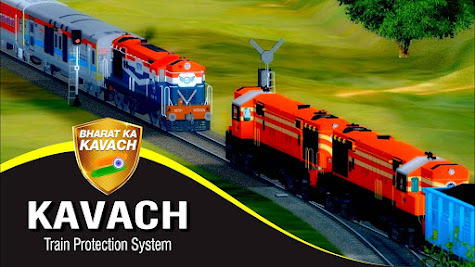
The Indian railway minister Ashwini Vaishnaw has announced the approval and implementation of the latest version of the automatic train protection system, Kavach 4.0. The railway network is complex and the system is designed to cover all conditions across the country. The necessary approvals have been received and the rollout of the technology will begin soon to ensure safer and more efficient train operations.
Kavach: India's Advanced Train Protection System
Introduction
The Indian Railways, one of the largest railway networks in the world, is constantly striving to improve the safety and efficiency of its operations. A key component of this effort is Kavach, an automatic train protection (ATP) system that aims to prevent train collisions and derailments.
Origins and Development
The development of Kavach began in 2016, following a series of high-profile train accidents in India. The system was designed by the Research Designs and Standards Organization (RDSO), the technical arm of Indian Railways, in collaboration with industry partners.
Kavach was initially launched in 2018 as Kavach 1.0, which provided limited functionality on a few select routes. Over the years, the system has been upgraded to Kavach 4.0, which incorporates advanced features and covers a wider range of scenarios.
How Kavach Works
Kavach is a comprehensive ATP system that utilizes various technologies to monitor and control train movements. Here's how it works:
Benefits of Kavach
The implementation of Kavach is expected to bring significant benefits to the Indian Railways:
FAQs
1. What is the difference between Kavach 1.0 and Kavach 4.0?
Kavach 4.0 is a significant upgrade over Kavach 1.0. It incorporates advanced features such as detection of multiple track circuits, speed restrictions, and signal relay interfacing, providing comprehensive protection across a wider range of scenarios.
2. How much will it cost to implement Kavach nationwide?
The estimated cost of implementing Kavach across the entire Indian Railways network is approximately INR 5,000 crores (US$720 million).
3. When will Kavach be fully implemented?
The Railways aim to complete the nationwide rollout of Kavach by 2024.
4. Has there been any successful deployment of Kavach?
Yes, Kavach has been successfully deployed on over 3,500 route kilometers, including the Delhi-Mumbai and Delhi-Howrah routes.
5. Are there any plans to export Kavach to other countries?
The Railways have expressed interest in exporting Kavach to other countries, such as Bangladesh and Sri Lanka.
Conclusion
Kavach is a groundbreaking safety initiative by Indian Railways that has the potential to revolutionize train operations in India. By providing advanced train protection, the system aims to prevent accidents, improve safety, and enhance the overall efficiency of the railway network. The ongoing rollout of Kavach is a testament to India's commitment to ensuring the well-being of its passengers and railway staff.
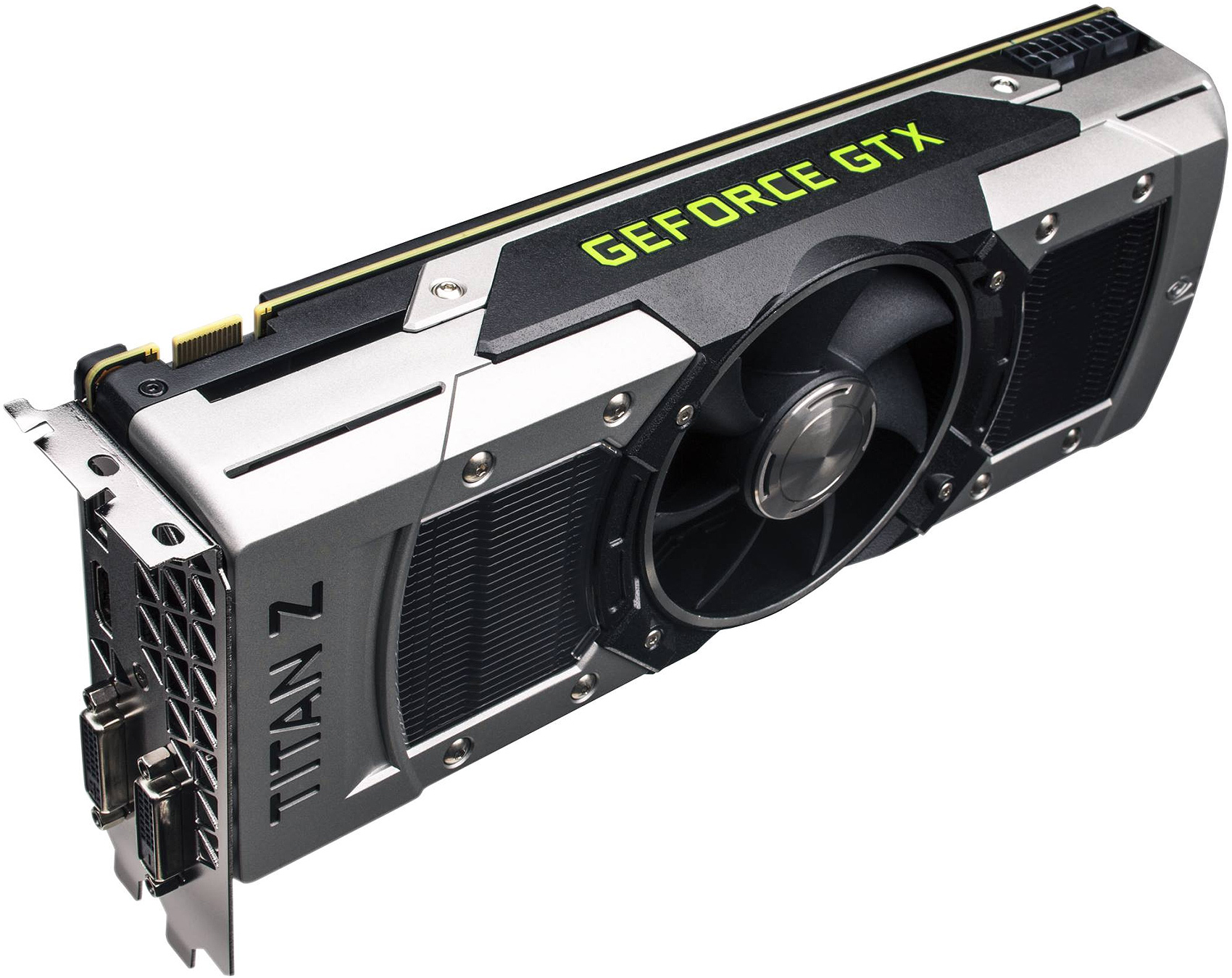
NVIDIA has launched its highly-anticipated latest generation of GPUs, the RTX 50 series, with significant improvements in speed and performance. The flagship model, RTX 5090, boasts 92 billion transistors and a whopping 3,352 TOPS of AI performance, making it a dream for 4K gaming enthusiasts. While the RTX 5090 is priced at a steep Rs 2,14,000, other variants like the RTX 5080, RTX 5070 Ti, and RTX 5070 offer more affordable options for gamers. However, prices may vary for models from different vendors like ASUS and MSI. Stay updated and informed about these groundbreaking graphics cards for making smarter decisions in your gaming journey.
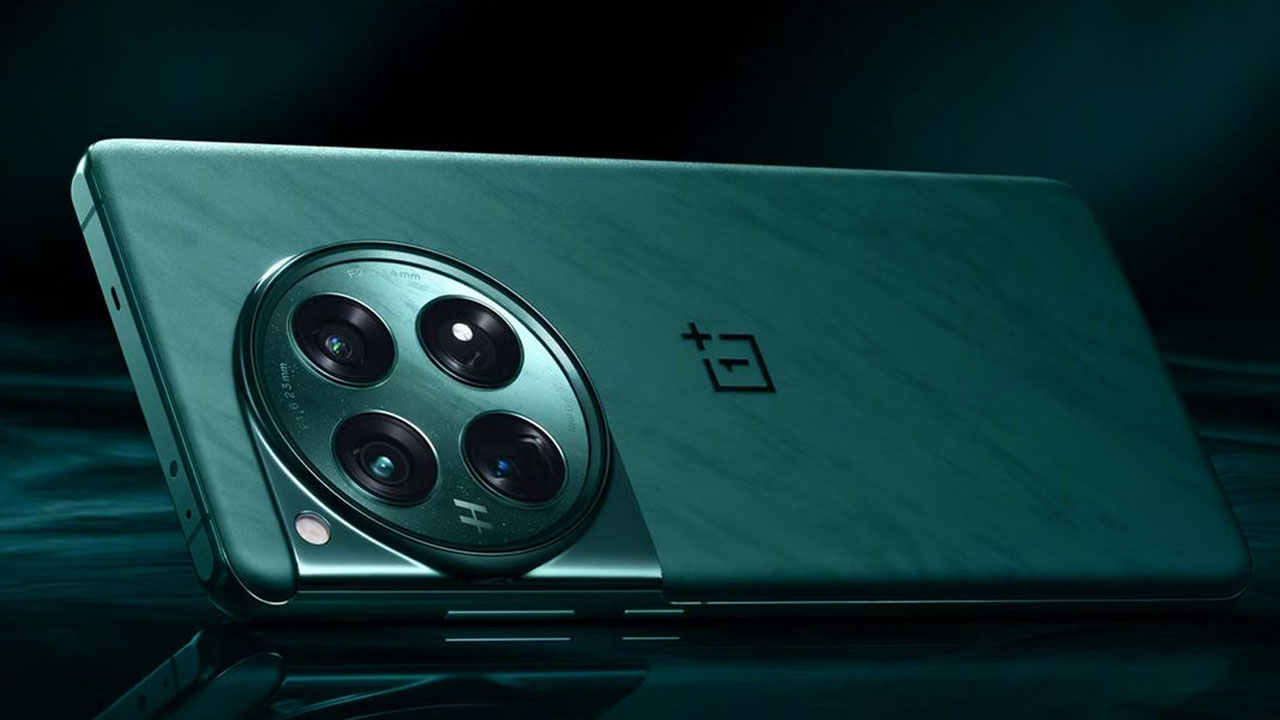
After much anticipation, OnePlus has finally unveiled the OnePlus 13 and 13R in India, catering to both premium and mid-range buyers. Featuring impressive design, hardware upgrades, and advanced features, these devices are sure to turn heads. With powerful processors, massive batteries, and top-of-the-line triple-camera setups, the OnePlus 13 and 13R offer a lot for their price. Keep an eye out for the device's release on January 10 and 13 for the OnePlus 13 and 13R, respectively.
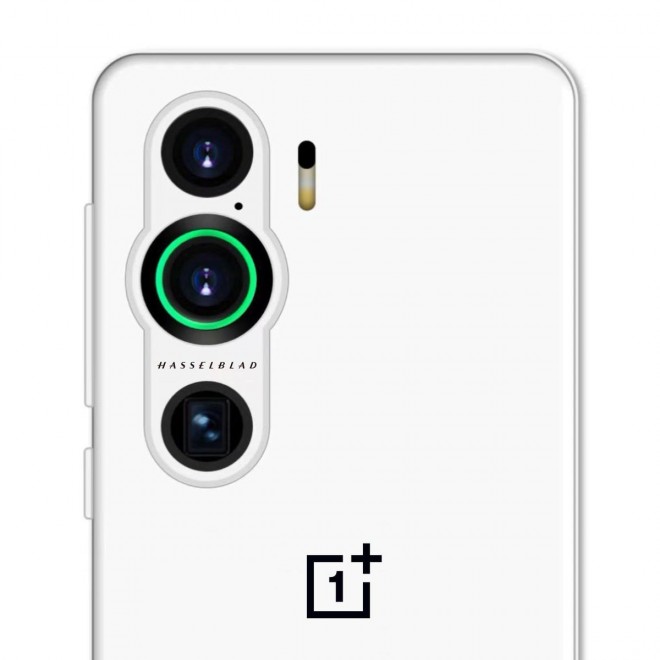
Technology enthusiasts and vintage watch lovers alike will appreciate the new OnePlus 13, a smartphone that combines elegance and simplicity. With its clean design and user-friendly interface, this device serves as a reminder that sometimes less is more. After spending weeks with the OnePlus 13, I share my thoughts on its features and performance, from the price in India to my top uses as a high-skill user. Whether for browsing and social media, calls, or entertainment, the OnePlus 13 takes us back to basics while still delivering a modern and personalized experience.
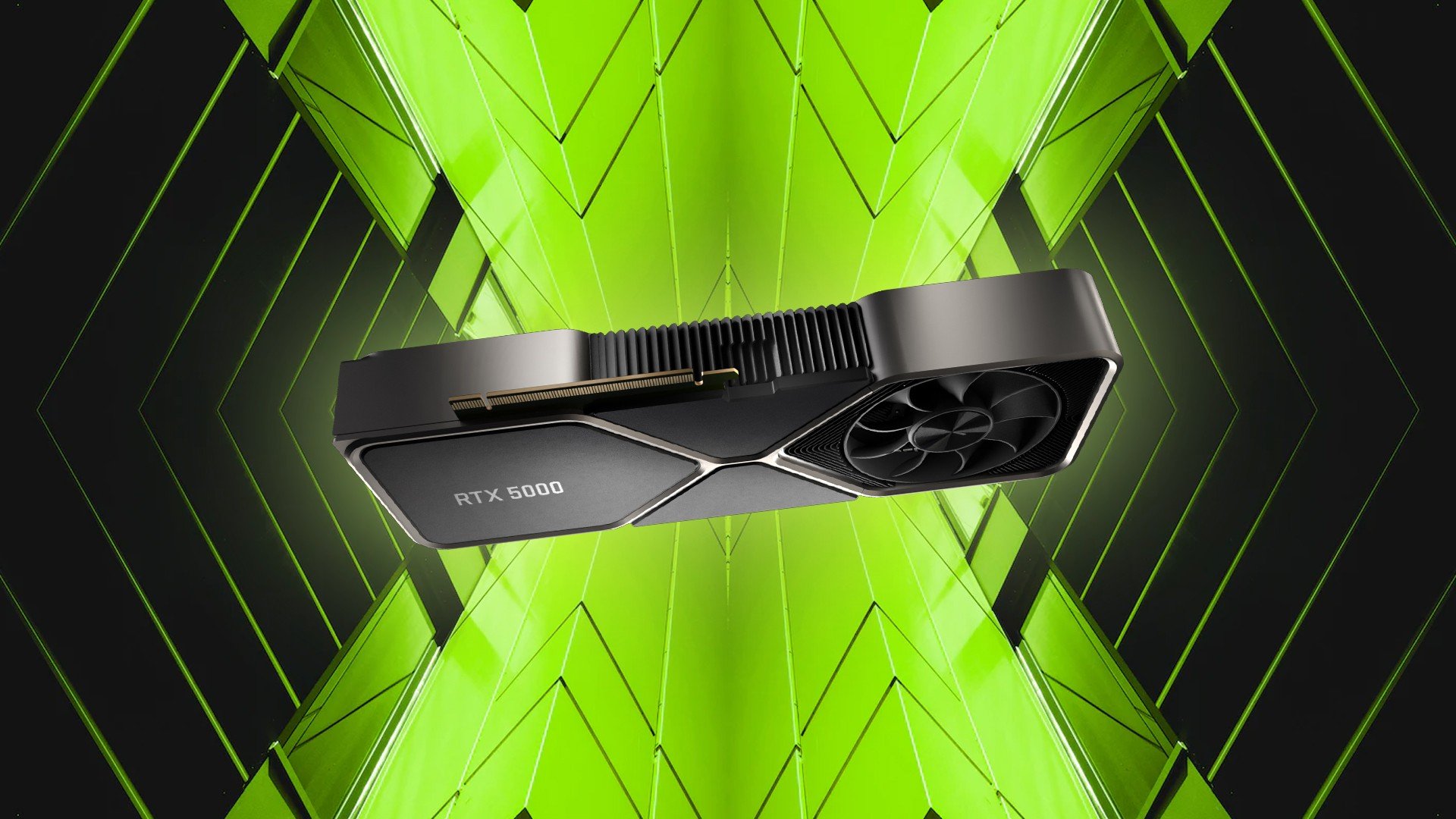
At CES 2025, NVIDIA's CEO announced the company's latest flagship desktop GPU, the GeForce RTX 50-series, which boasts impressive AI modeling capabilities and can dramatically improve gaming performance. Along with the new graphics cards, NVIDIA also unveiled a new supercomputer for AI research, a humanoid robot learning modality, a world foundation model platform, and a partnership with Toyota for autonomous vehicles. The RTX 50-series will be available in various laptops from popular brands starting in March and April.
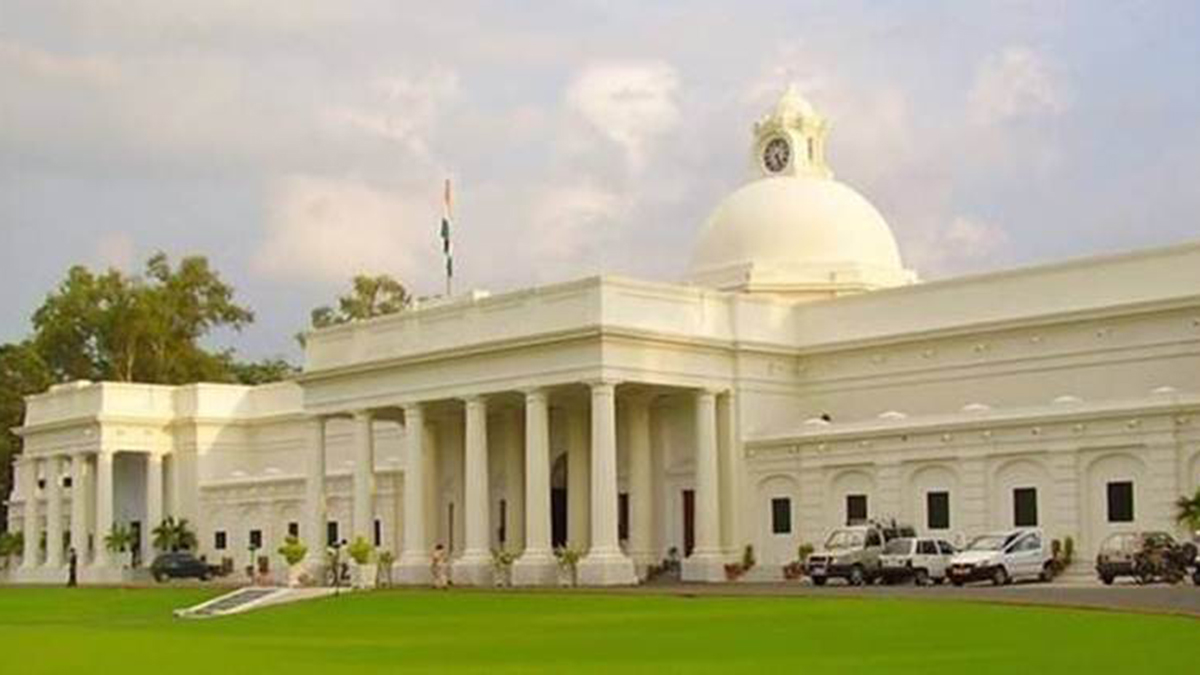
The Indian Institute of Technology (IIT) Roorkee has recently released the admit cards for the Graduate Aptitude Test in Engineering (GATE) 2025. The exam will be conducted in February across multiple centres, and candidates can now download their hall tickets from the official website. The article also highlights the exam pattern, negative marking system, and the latest updates on MTech admissions and PSU recruitment through GATE 2025.
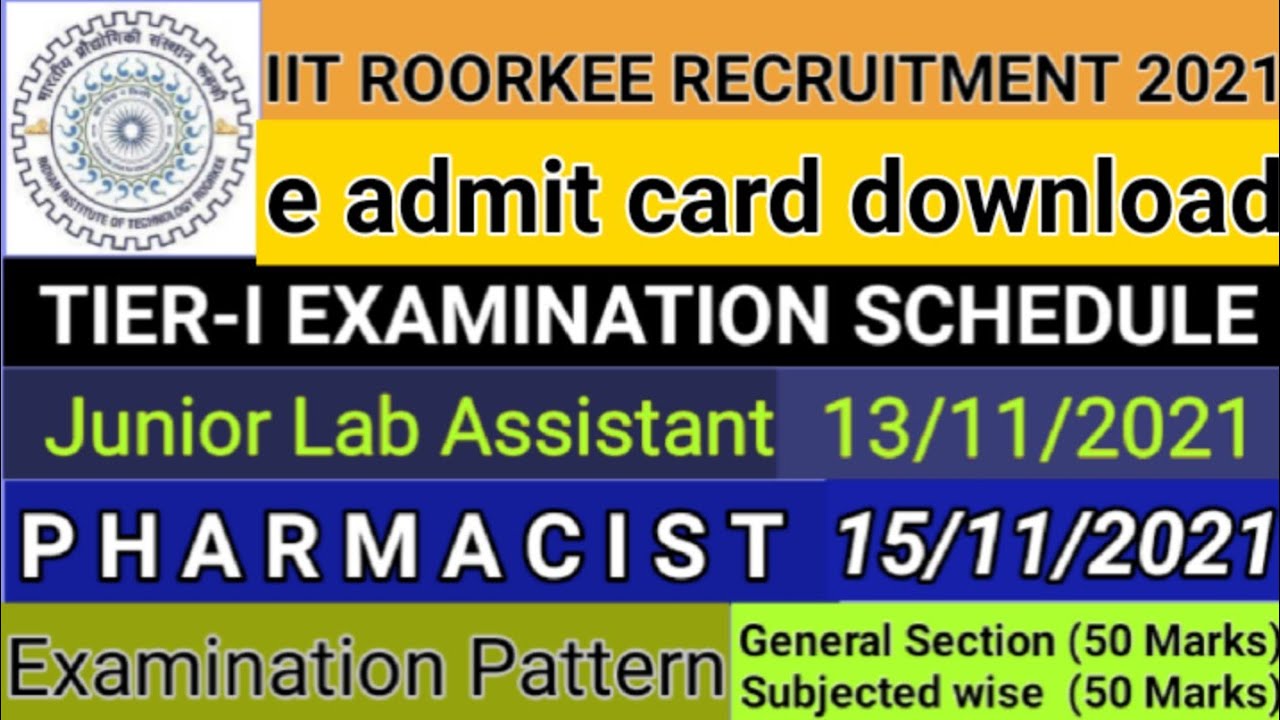
The Indian Institute of Technology Roorkee has released the admit cards for the Graduate Aptitude Test for Engineering (GATE) 2025 examination. The exam is scheduled to be held in February 2025 and will be conducted in computer-based test mode. Candidates can now download their admit cards from the official website and are advised to keep a printed copy for the exam day.
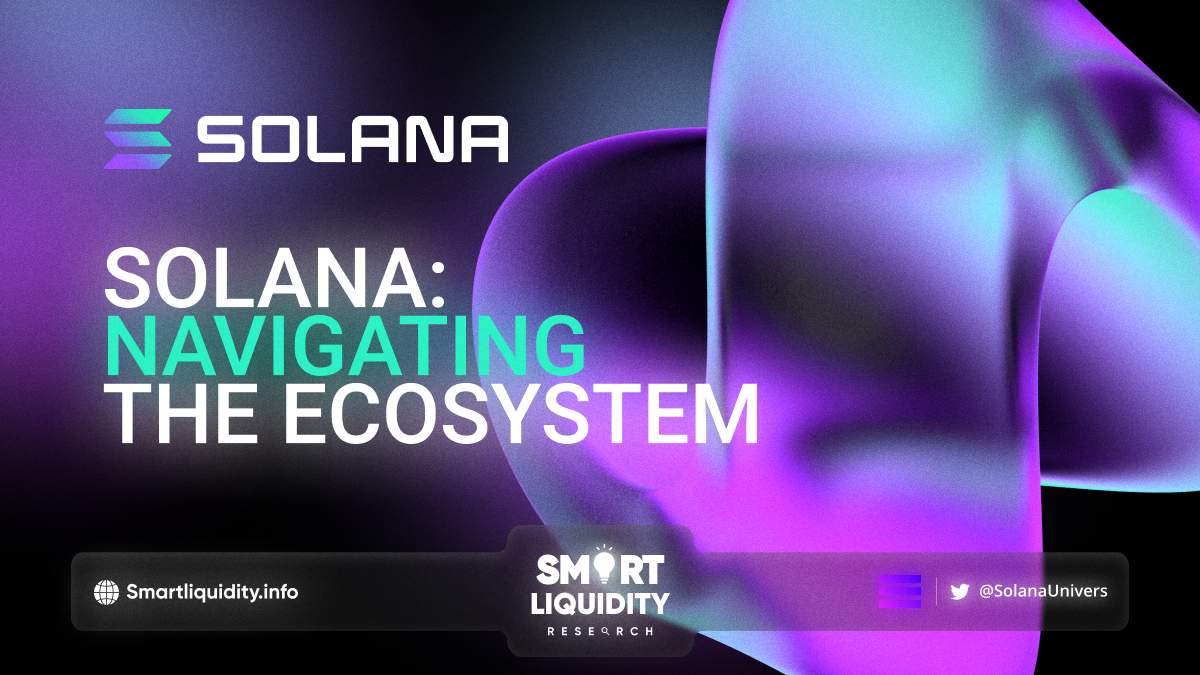
Solana, a previously popular cryptocurrency, has recovered from a dip and is now gaining attention from institutional investors. The network's speed and cost-efficiency make it a promising platform for decentralized finance projects, leading to major firms like VanEck and Bitwise applying for Solana spot ETFs. Despite potential price dips, the increase in spot market inflows and decreasing outflows indicate a possible upward momentum for SOL, showcasing its dominance in the crypto market.
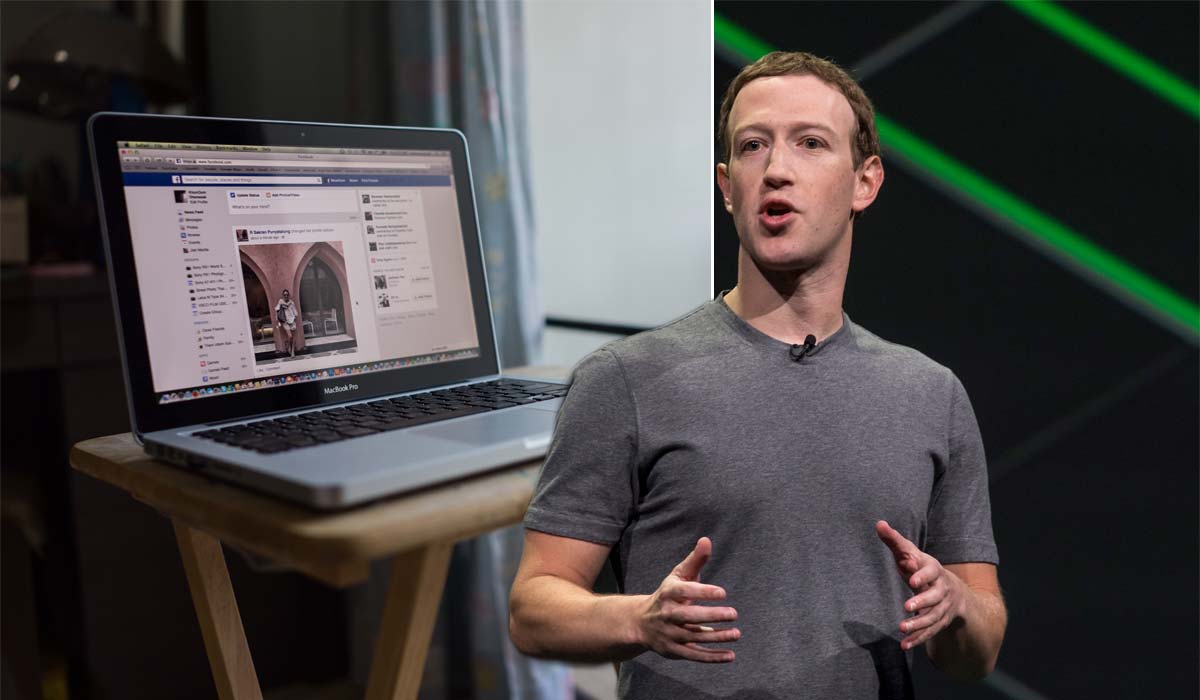
Mark Zuckerberg, CEO of Meta, has announced major changes to Facebook's content moderation policies, including removing fact-checkers and implementing a community-driven approach similar to Elon Musk's X. Zuckerberg cites concerns over political bias as the reason for the change and plans to relocate content moderation teams from California to Texas. This move aims to restore trust and promote open discourse on the platform and will start in the US before potentially expanding globally.
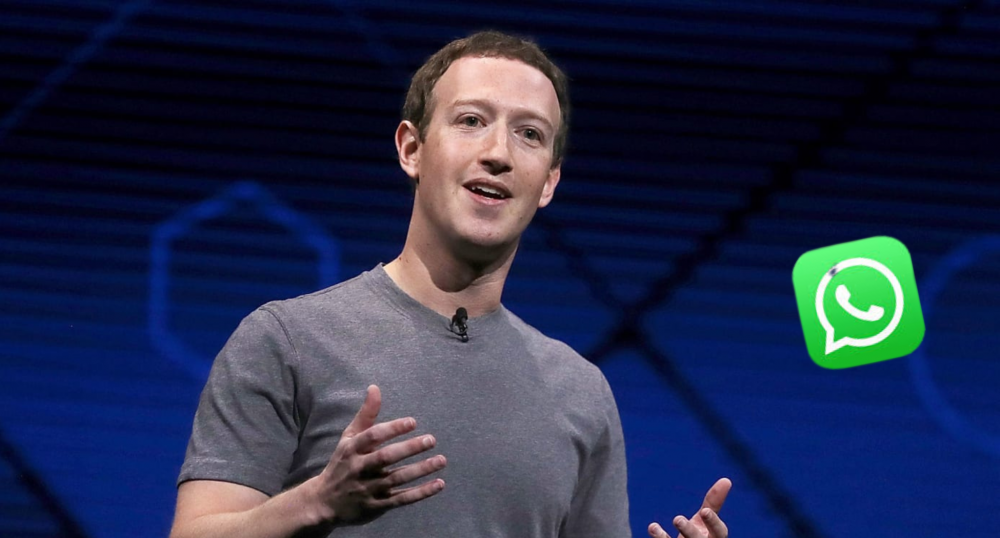
In an unexpected move, Meta CEO Mark Zuckerberg declared that the company would be overhauling its content moderation strategies. The social media giant will no longer rely on third-party fact checkers, opting instead to implement the "community notes" feature from Elon Musk's social network, X. Zuckerberg cites the growing cultural trend towards prioritizing free speech and a desire to reduce censorship as reasons for the change. This decision comes after a turbulent relationship between Zuckerberg and President-elect Donald Trump, but with recent events, it appears that the CEO may be taking a cue from Musk to align himself with the incoming administration.
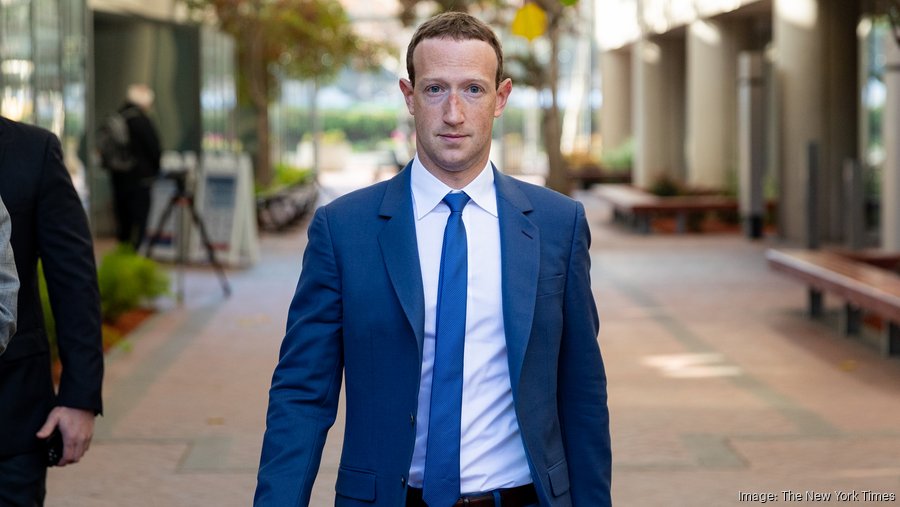
Facebook and Instagram's parent company Meta will be replacing its fact-checking systems with a new "community notes" model, according to CEO Mark Zuckerberg. In a video message, Zuckerberg cited concerns over censorship and political bias as the reasons for the change, stating that Meta will focus on restoring free expression on its platforms. This shift comes after widespread debate and pushback from governments and media outlets over the potential harm of online content.